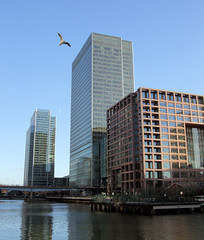 India’s second-biggest real estate developer Unitech is in talks with private equity (PE) funds for investments up to $560 million (Rs 2,750 crore).
India’s second-biggest real estate developer Unitech is in talks with private equity (PE) funds for investments up to $560 million (Rs 2,750 crore).
The realtor is also in negotiations with banks to restructure an additional Rs 500 crore of loans as part of its plan to cut debt and secure funding to complete existing projects.
The Gurgaon-based realty firm, whose stock is now trading at less than a tenth of its 52-week peak on the Bombay Stock Exchange (BSE), plans to draw down $110 million (Rs 540 crore) from Unitech Real Estate International Fund to invest in its realty projects in the National Capital Region (NCR). When contacted, the company declined to comment on the development.
Last year, Unitech received commitments of $330 million (Rs 1,620 crore) for its international fund, which was launched exclusively to raise money to invest in the company’s residential projects.
The realty major is also in talks with PE funds to raise $300 million (Rs 1,480 crore) at the corporate level and as much as $150 million (Rs 740 crore) for specific residential projects being developed in Hyderabad and Kolkata. While the company expects to tie up PE funding for its Hyderabad and Kolkata projects, being developed through special purpose vehicles (SPVs), by the end of March 2009, PE funding at corporate level is expected only after the fortunes of the market turn for the better.
Unitech has admitted that it has a debt of Rs 8,000 crore on its balance sheet, of which it has to repay Rs 2,500 crore by March 2009.
Of the Rs 2,500 crore, the developer has already restructured Rs 1,000 crore of loans with banks and is in talks to restructure an additional Rs 500 crore. It expects to complete the process by the end of this month.
For the balance Rs 1,000 crore. The company is in talks to sell its Gurgaon-based hotel project and also the project in the national Capital’s Saket area to meet the remaining Rs 1,000 crore. However, a report by CLSA said Unitech needed to repay Rs 1,000 crore of debt to mutual funds this quarter, indicating trouble for the company. Unlike banks, where it has the option of restructuring loans, the debt owed to mutual funds will have to be repaid by this quarter, the CLSA report said. However, Unitech has disputed the report, saying the company did not owe debt to mutual funds.








